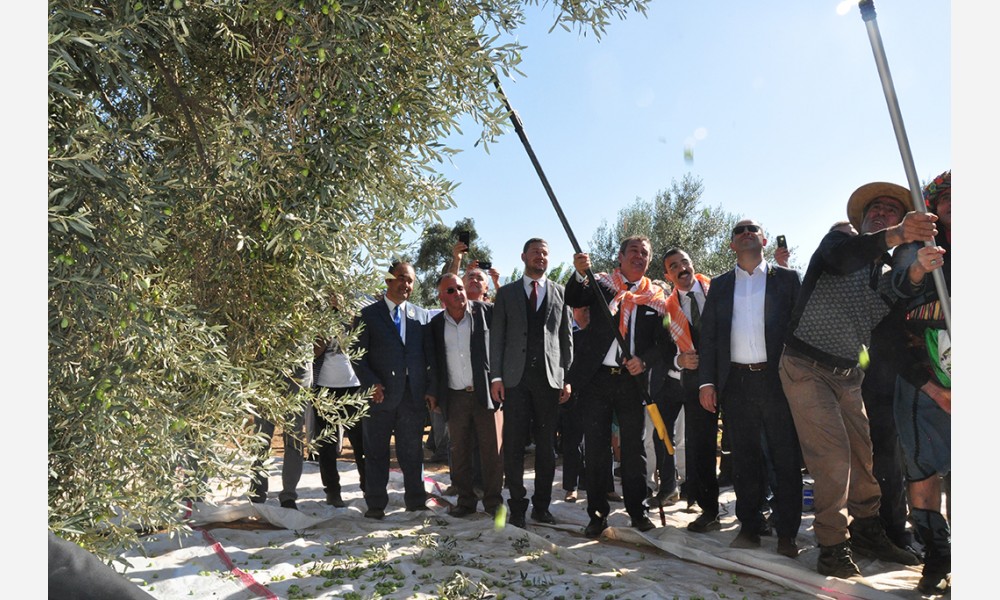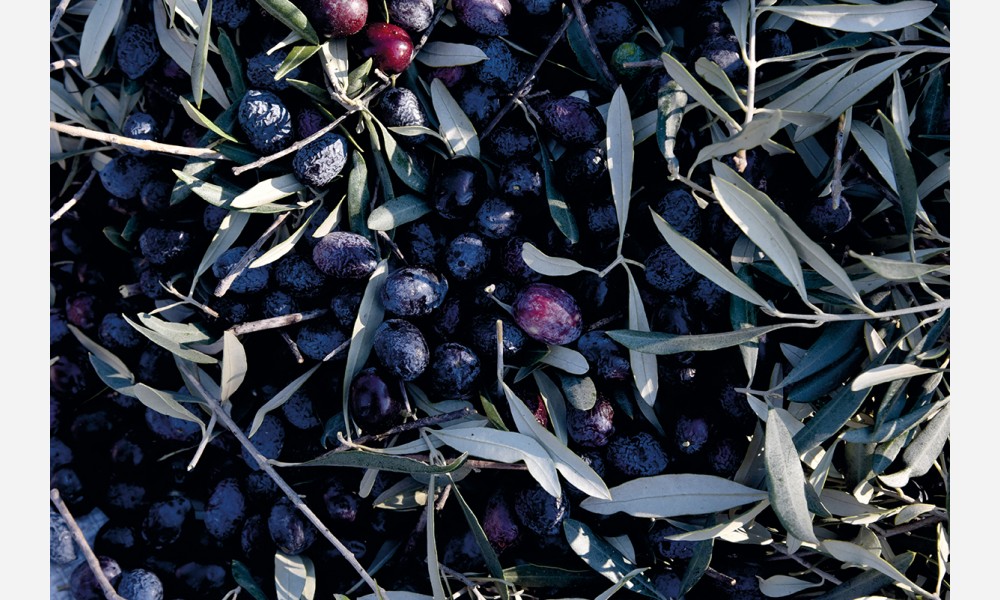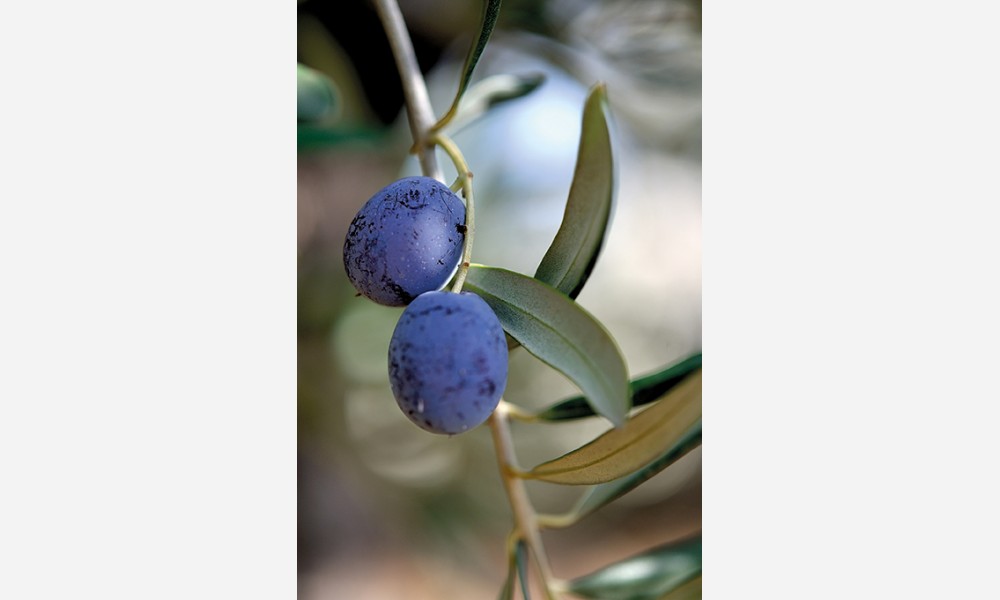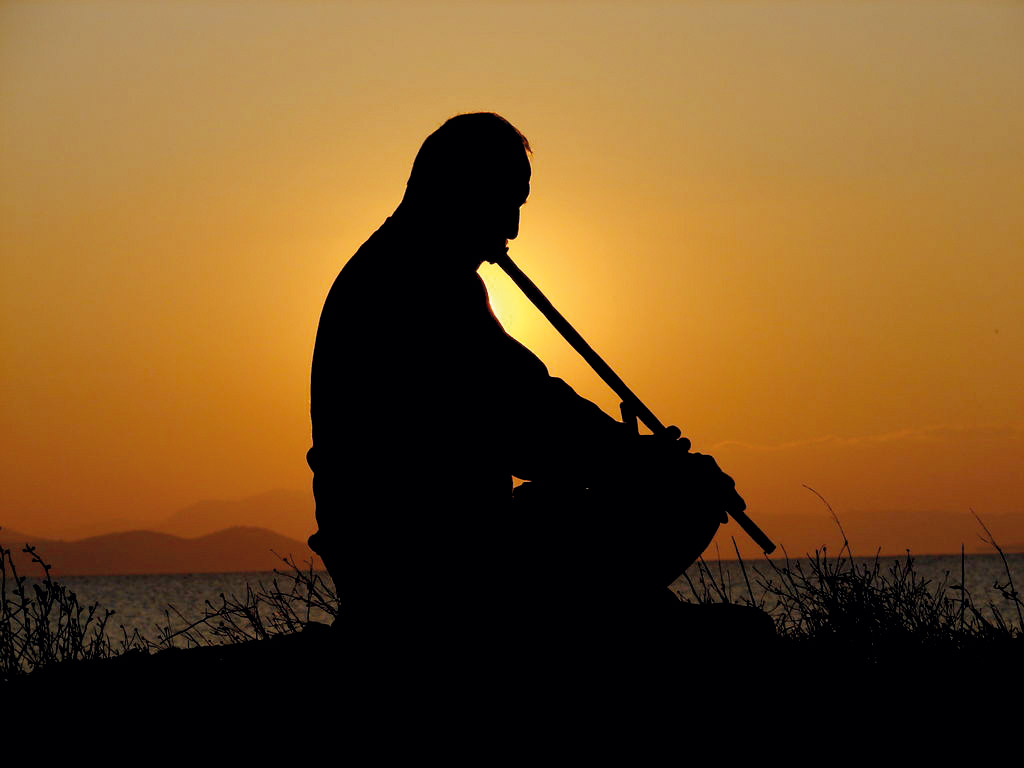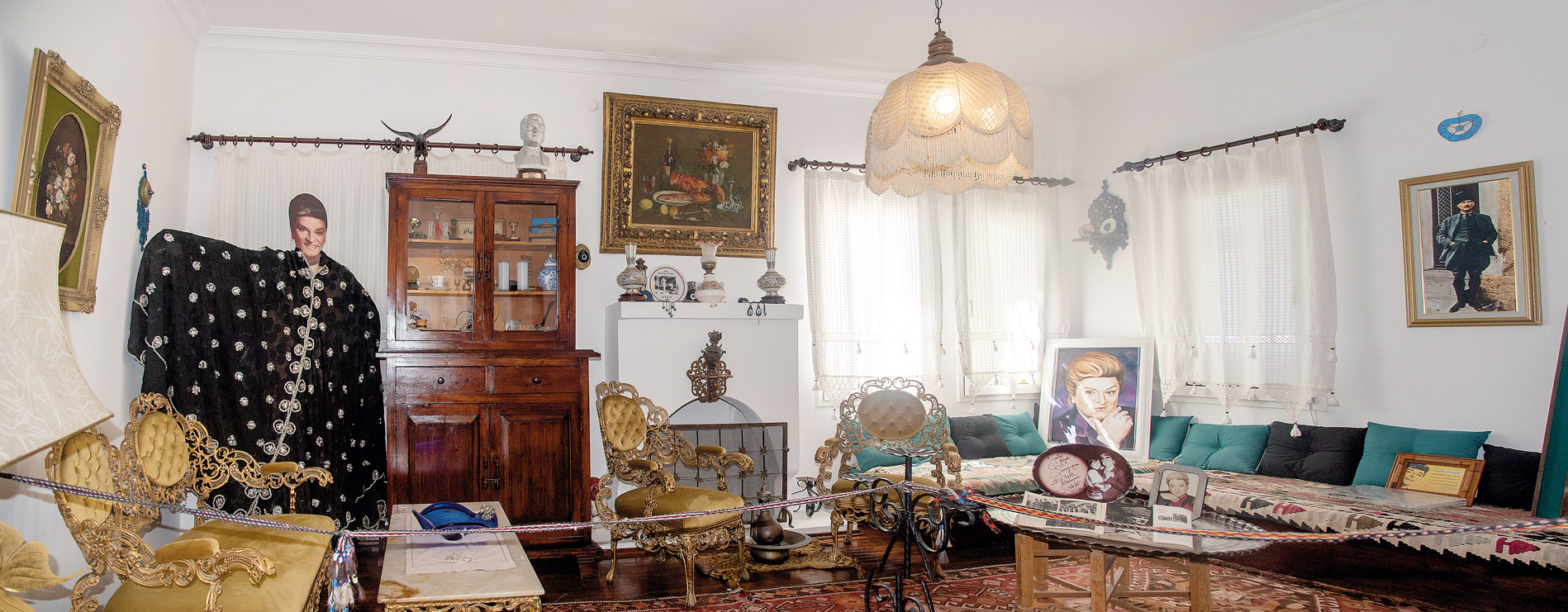Harvest Time in Olive Land

Olive with its roots dating back a thousand years is the wisest tree. The silent witnesses of time bear traces of Rome and Byzantium… Time has passed, the landlords have changed, but they are in their immortality.
The fruitlets among the silver green leaves promise wisdom and healing to mankind. Ash gray, green, rose-pink, wine-red, brown, purple, blackish and black olives, each one are a product of labour and patience.
Olive is an integral part of civilisation. An olive tree turned to be plates, spoons, tables, firewood and their cores generated prayer beads stringed patiently. It also became a soap or ointment. Its unique oil enlightened the nights, consecrated our holy shrines, became the cured and eventually got the red carpet treatment in our kitchens.
Peace exists in the nature of olives: According to the legend; Adam who expelled from heaven felt that he would die at 930 years old and asks God for forgiveness for himself and all mankind. He sends his son to the garden of heaven. The angel, the guard of the garden, gives him three seeds taken from the Tree of Knowledge and prescribes him to put the seeds in Adam’s mouth after his death and then bury him. Adam dies and is buried in Hebron Valley near Tabor Mountain. From three seeds blooming and rooting in his mouth, three trees sprout: olive, cedar and cypress... Olives symbolise the peace of humanity with the Creator and nature. The dove holding an olive branch in its beak is the symbol of peace and rebirth. It was also given as good news, “The flood is over”, to Noah. The olive tree, which resisted the flood, is the symbol of immortality...
The main letters of the world's oldest alphabets naturally carry the traces of the agricultural society. “Zeta” (Zai) symbolises the “olive”. Zai is “zait” in Hebrew, “zaitun” in Arabic. Turks, who came to Anatolia from the Middle East, decided on calling it “zeytin”. Cretans called it “elaiwa” and Greeks called it “elaia”. While Romans indigenised “olive”, French and the Brits indigenised “olive”.
Historical sources indicate that the olive cultivation began in Anatolia approximately 6,000 years ago. Ashiyeli, Akzeytin, Memeli, Chilge, Memecik, Deli, Emiralem, Yerliyeshil, Chekishte, Kargaburun, Karaca, Sultani, Ada, Eshek, Devedishi, Teke, Gulumbe, Tekir, Boncuk, Chakir, Hurma, Ters Yaprak, Irikara, Azman… These are some of the olive species growing in the Anatolian villages.
When the autumn arrives, liveliness begins in the olive land. The autumn is the harvest time for the olives blossoming in the spring and continuing to grow until the end of the summer. Olive harvesting, especially the olive oil squeezing, is an exciting autumn-winter ritual, which has been going on for thousands of years. According to the climatic conditions, harvest begins at the end of September and proceeds until February. Following the green table olives, the early harvest olives are squeezed for oil and eventually the black table olives which in turn can be squeezed for oil.
It is a laborious task to pick the tiny olives. At harvest time, dexterous workers have a lot of work to do. Olive trees are shaken sometimes by hands, sometimes by sticks and sometimes by a machine. The olives fall onto covers, which are laid under the trees, one by one they meet the ground.
The taste of the historical olive oil, “the golden liquid”, is unique. It is still able to be obtained using the same method as 3000-4000 years ago. Only the techniques of smashing the olives, squeezing them and removing the oil from the herbal juice have been developed so far. In a sense, this natural product tackles head on the previous centuries. On one hand, the traditions, on the other hand the technological developments still remain… Raw and pure…
Olive is both food and oil. They say, “Olive for oil grows in the mountains and table olives grow in the lowlands”. Some regions outweigh with their olive oil production and taste and some with the production of table olive. Especially Memecik surrounding Milas is harvested for both table and oil.
When the harvest season comes in Mugla, Milas comes to light. Olive is a lifestyle there. In and around Milas, there are 10 millions olive trees. Milas has proved its claim in this field by earning a geographical indication for olive oil. With its unique flavour and taste, the Milas olive oil, leaving a slight burning sensation in the nasal passage, is registered as one of the 6 other marked olive oil with geographical indications by the Milas Chamber of Commerce and Industry.
Memecik olive's favourite climatic conditions are hidden in the air and soil structure of Milas. Olive oil production has been transferred to the next generations and turned into an olive cultivation in Milas. Low acid oil is obtained from Memecik olives, which are particular to the South Aegean region, thanks to the clayey-sandy, calcareous and alluvial structure of the soil. The olive oils obtained by early harvest and cold squeezing from Memecik type olive trees are moving forward now with the steps towards branding with the help of the geographical indication.
Defining Milas as the capital of olives, Milas Chamber of Commerce and Industry (MITSO) President Resit Ozer tells us that they also applied for the geographical sign registration from the European Union in December 2017. He shares the gospel that once the registration of geographical indication is accepted the document will be prepared soon. This is an important detail as this document will make Milas type to be the only olive oil registered by the EU in Turkey.
The MITSO is counting the days for the oily olives of Milas to be accepted for the geographical indication in 2017. In the agricultural area of 55 thousand hectares, with over 10 million olive trees, with more than 50 trademarks, Milas adds value to the economy. The world's top 500 list of extra virgin olive oil (Olea Flos 2019) ranks 5th as olive oil producers from Turkey. 4th rank for extra virgin olive oil types from the South Aegean are also in the list, where there are 2 producers from Milas, is obtained from the Memecil olives. "Olive green" is actually supposed to be dark green.
The brownish olive used to be called “zeytuni” in the past. Sunburnt people used to be called “zeytuni” in Istanbul. They are called “Tanned like attun” in Gaziantep. As a matter of fact, the mature olive is called “attun”; it is called “dip kurusu” (ground dry) in the Aegean.

